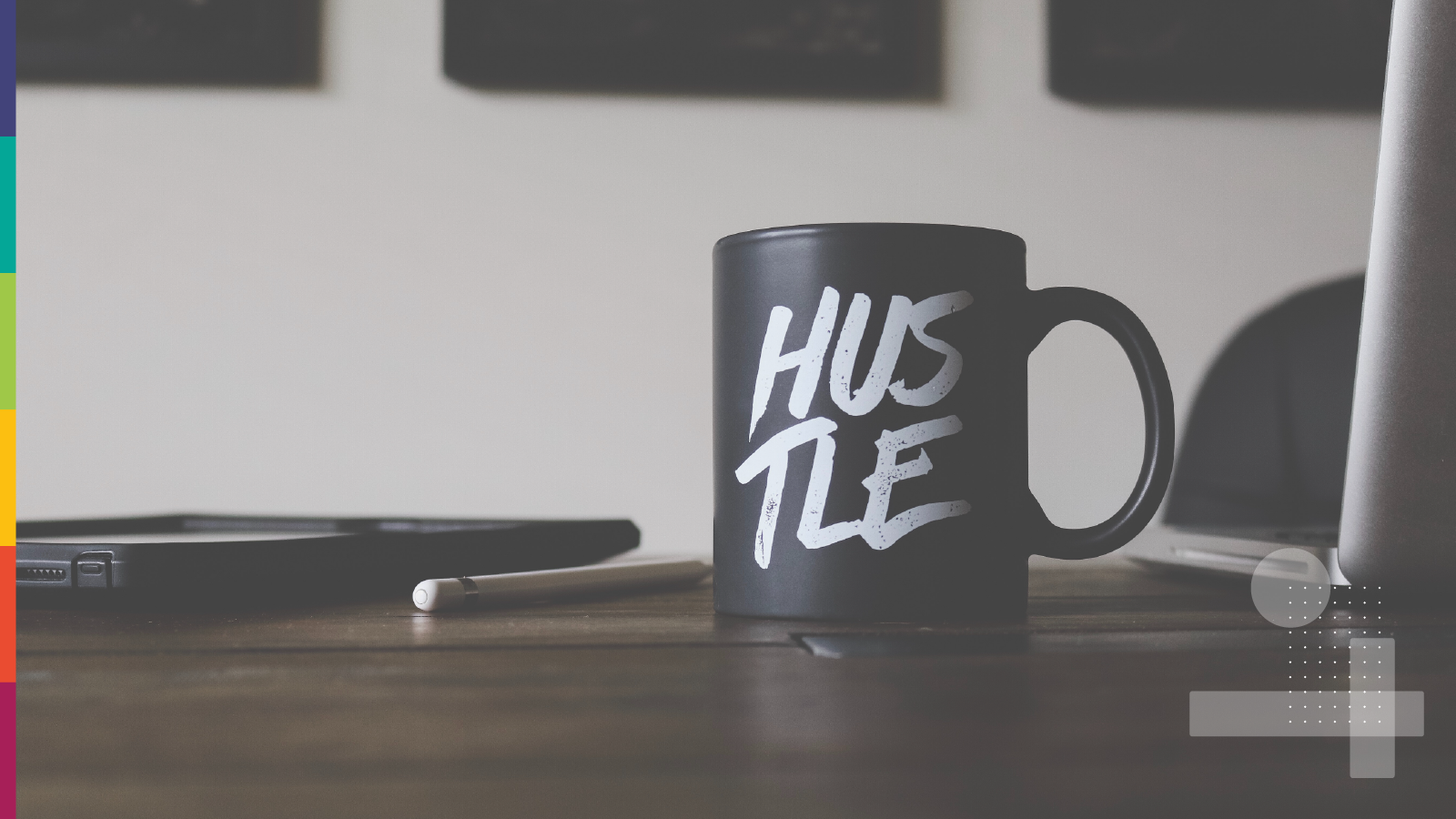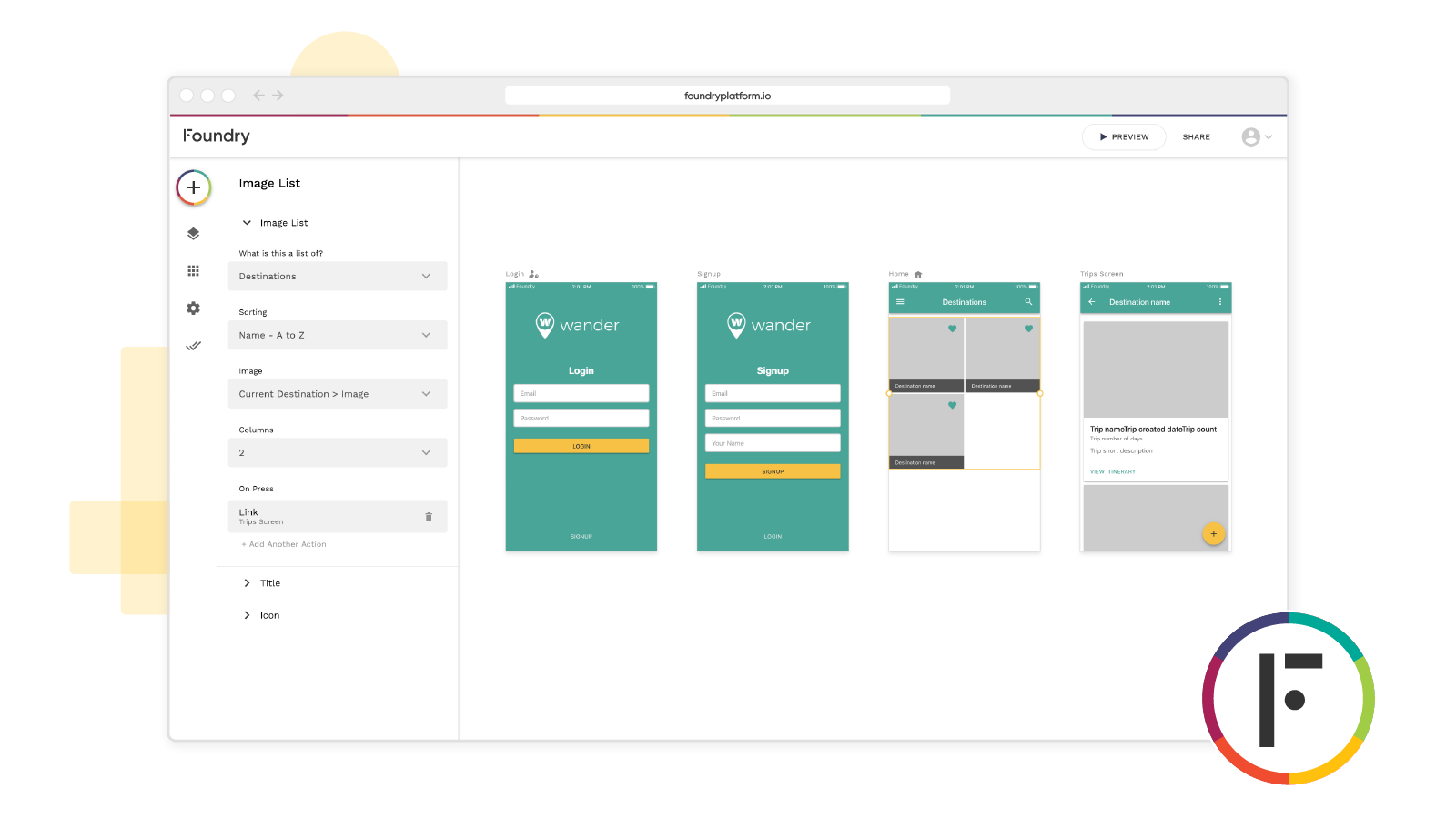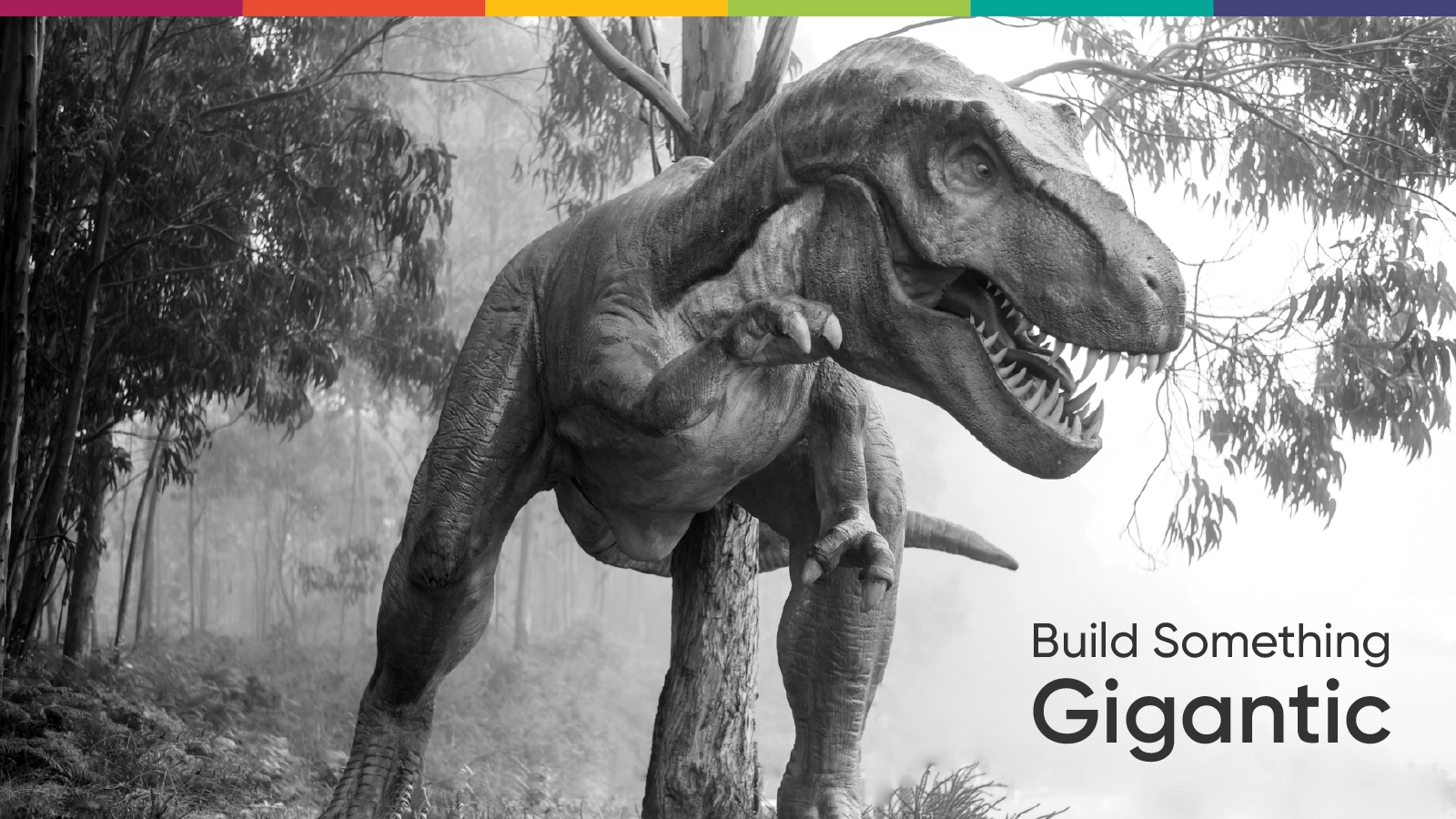'Build Something Gigantic' - the motto at my co-working space
A little over 7 years ago, I stumbled into one of the greatest decisions of my life. At the time, I was finishing up my Master’s of Architecture, and I had a theory. I believed that design was the most important skill of the 21st century and that my design education could be translated across any field. So, I left architecture and (somehow) convinced a software startup that designing buildings was the same thing as designing interfaces. (And yes, I had a number of confused looks as I explained to my new teammates that I was an architect but I wasn’t a software architect).
When I first started, I was the only one on the team with a background in design, and in hindsight, this was a major blessing. It really allowed me to take the reigns and explore many different areas of design. In my 5+ years of experience at the company, I was able to do everything from UX Design & Product Management to Branding & Marketing Design. The amount that I learned while I was there was incredible. Every day was new and exciting. And on top of that, the company culture was great. The founders were open to new ideas and they showered us with amazing benefits. Yet about 5 years into this life-changing experience something felt off…

If I had to track it down to a specific moment, I would probably say it was after I wrote this article about confrontation. At one point in the article, I challenge designers to confront their own personal purpose to see if it aligns with their company’s purpose. In other words, is the overall problem your company is solving really what you’re most passionate about? If, like me, the answer to that question is “no” then you’ve just taken your first steps towards becoming an entrepreneur.
With my mind made up that I needed to move on, I started to think more specifically about what I was most passionate about (helping others create new things) and what problem I was most annoyed with (that fact that I could design a mockup for software that looked so real yet it wasn’t real at all). The intersection of these two concepts led me to a place where all I could think about was creating a world where anyone could design & build their own app without code. So my side hustle was born.

But I quickly realized there was a major problem. How was I going to develop this product? Oh, the irony... I wanted to fundamentally change the way development works but I didn’t have the power.
After a few disappointing months of looking for a technical co-founder, I was left facing a major dilemma. My side hustle seemed to be moving too slowly and without a technical co-founder, it didn’t look like there was a way forward. And all the while I was being told by friends and family that it would be a mistake to leave my current job without a real plan for how to move forward. It appeared I was trapped.
But then on October 8th, I made one of the hardest decisions of my life. I went against the advice of my friends and family, and quit my job. At the time, I justified this by telling myself that moving at such a slow pace on my side project was actually more risky than not moving forward on it as fast as possible. I argued to myself (and my family) that if I didn’t move on this now then someone else would. The quote by the great author John C Maxwell just kept sticking in my brain:
“Ideas have a short shelf life. You must act on them before the expiration date.”
My first week as an entrepreneur couldn’t have gone better. Still, to this day, I’m not quite sure how this all happened. On days 1 and 2, nothing noteworthy happened other than I got the first taste of what being an entrepreneur really feels like — a combination of feeling like you’re going to revolutionize the world and not having any clue of what you’re doing.
But on day 3, I got a message from a LinkedIn connection (whom I had only met once at a conference). She told me she had just met my future co-founder and asked if I wanted to meet him. She went on to explain that he was essentially working on the same exact idea that I had and that he was looking for a non-technical co-founder to partner with. Perfect!
We hoped on a video chat that afternoon, discussed our visions, and by the end of the day he had booked a flight from San Francisco to St. Louis to meet me and see if we wanted to partner up. After working for a week on our ideas in person, we decided to officially team up. Fast forward a couple of months and we had added a third co-founder to our dream team and officially launched a Beta of our platform.

I can’t tell you how amazing it feels to already have the first version of our platform that allows me — someone, who has no idea how to code — the ability to design and build a real app.
Without having any idea how this journey is going to end, I can officially say I’ve evolved from a designer to a founder and I can’t wait to see what new things I’m going to learn from this intersection of design & entrepreneurship. Right now my game plan is to write about what this is like and what lessons I learn along the way.
So far my top 5 lessons are:
- Follow your passion. Design the solution to the problem that you care most about and good things will come.
- It’s going to take some luck. (Yeah, yeah, I know everyone always says this but it’s true.)
- Everyone you meet is important. I had no idea someone I barely knew would be so instrumental to where I am today. (Thanks Lisa!)
- Sometimes you have to go against the advice of your friends and family.
- Designers are going to become even more valuable in the future. There’s a no-code revolution coming…





